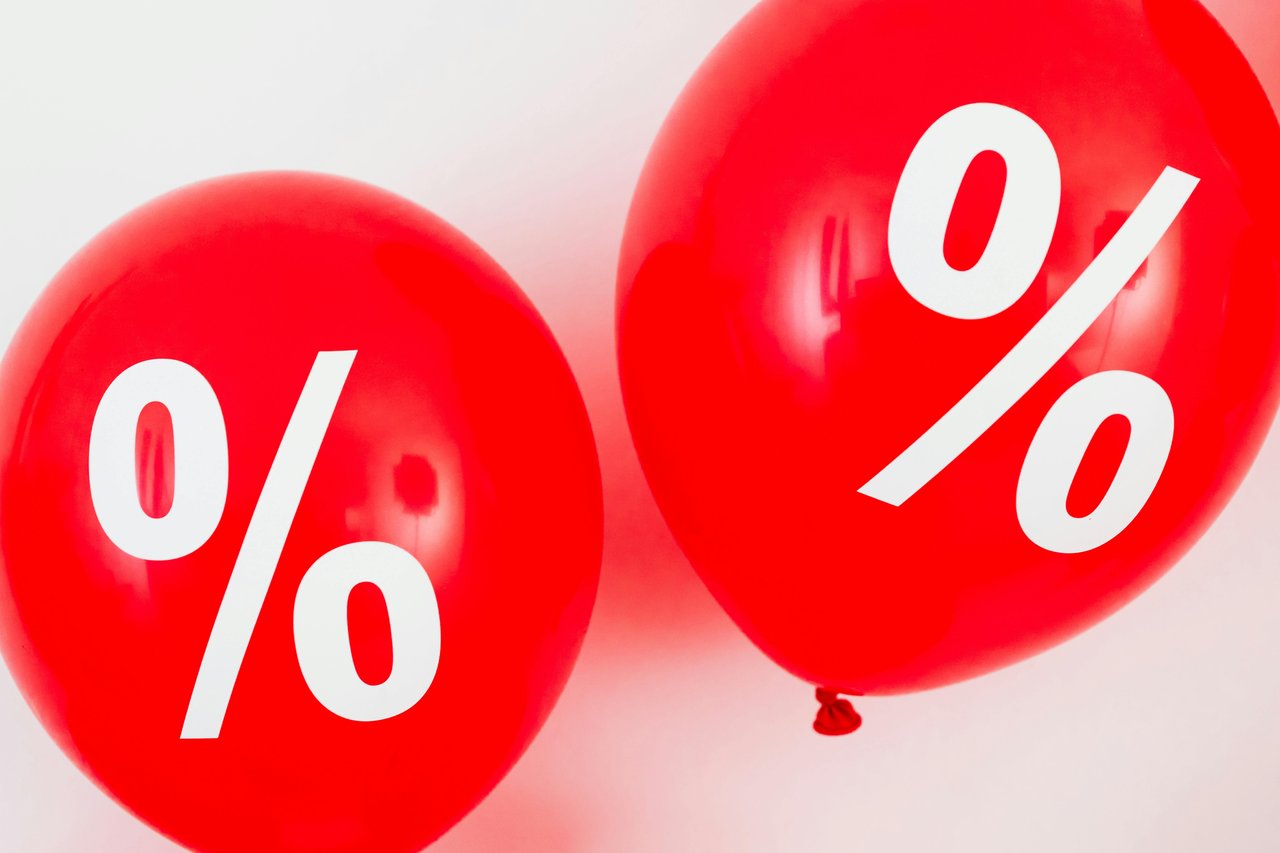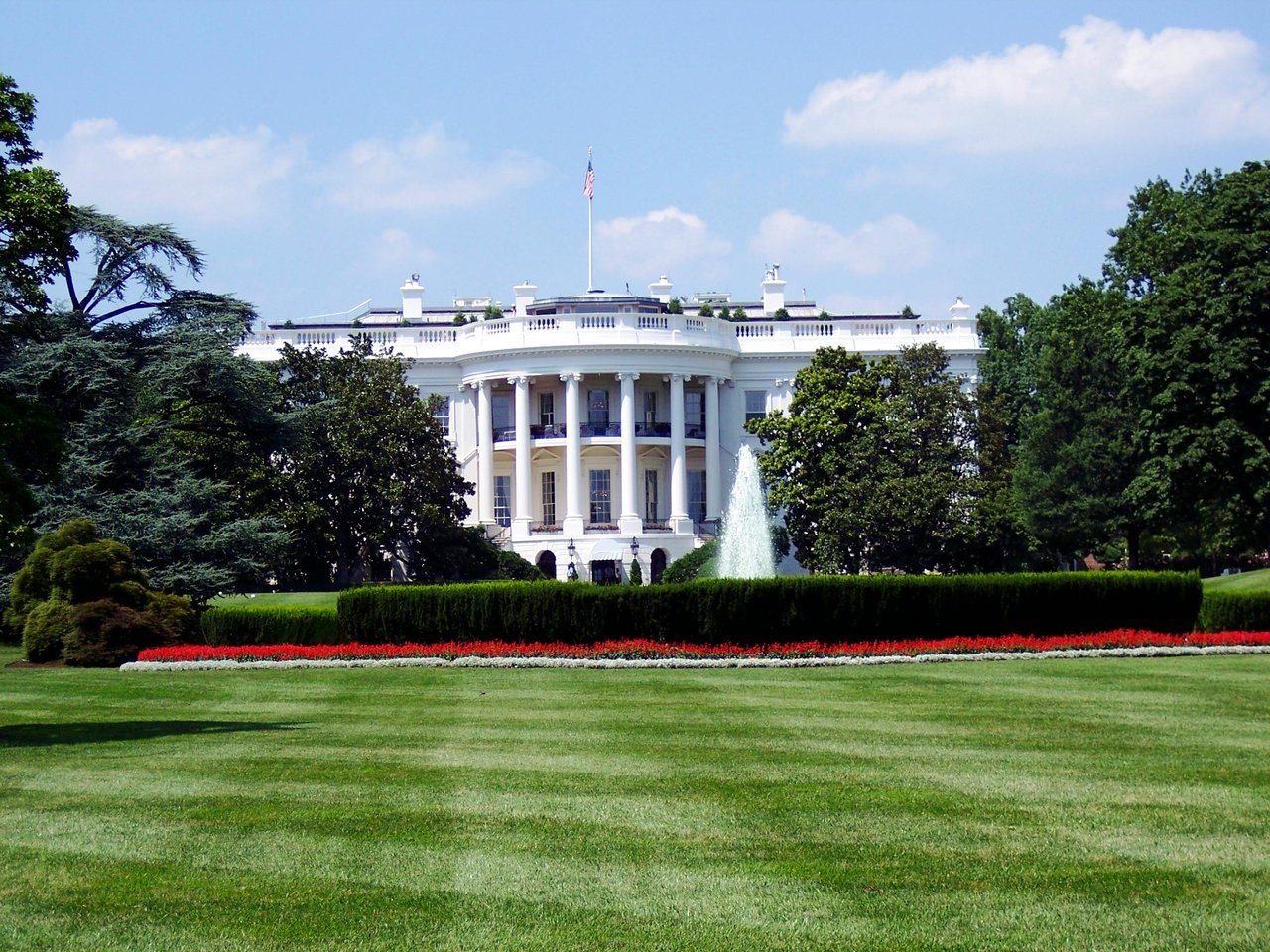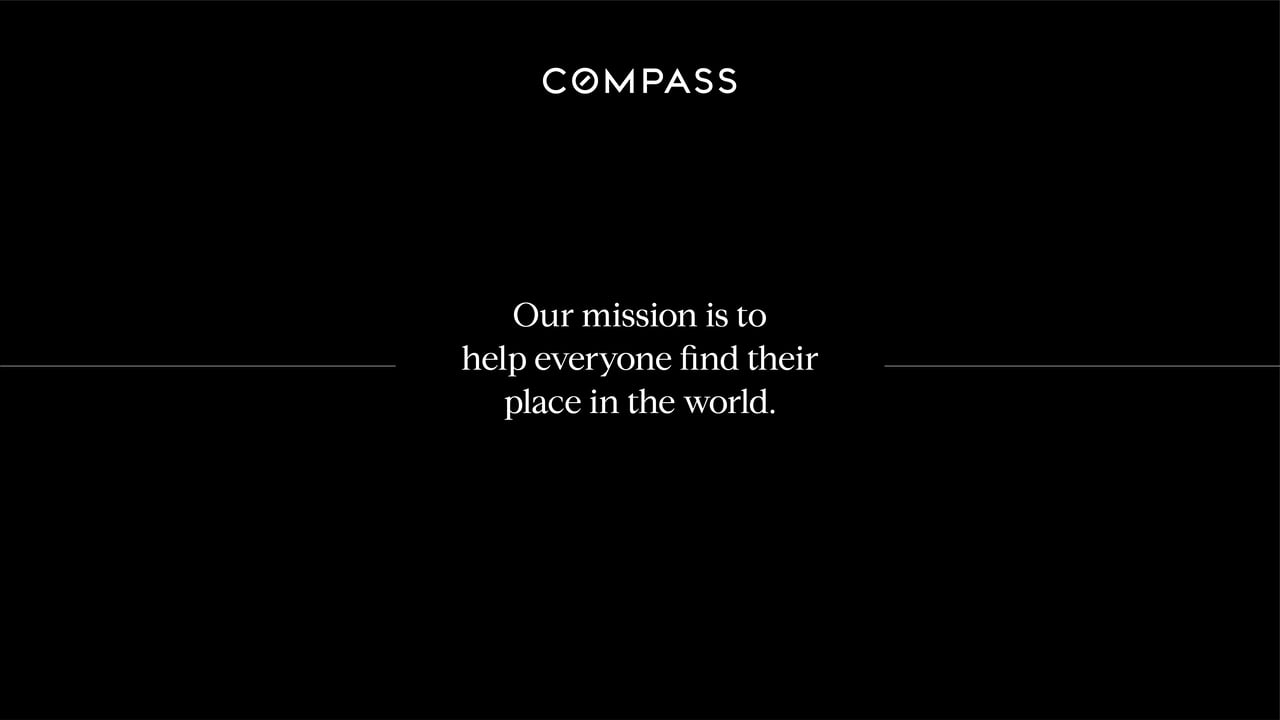


Last Year is Behind Us – New Year, New Trend
With a record long, cold winter behind us, the sun is out, the flowers are blossoming, and the landscape of real estate is trending into a heightened demand cycle.
Within the metropolis of Santa Rosa, according to BAREIS MLS with Spring underway, the data from March points to a marketplace firmly indicating more demand with only 133 single-family homes remaining for sale in the city and its environs – 47 percent less than this same time a year ago and unusually eight percent less than just the month prior. Buyers laid claim to 125 single-family homes during the past month – a rate 35 percent less than a year earlier - while the entire municipality introduced just 89 new listings to the market in March – 58 percent fewer than in 2022. The most recent period found Seller’s handing over keys on another 111 completed sales – 33 percent behind last year.
This measurable market shift is affirmed by Santa Rosa recording a Months’ Supply of Inventory (MSI) level at 1.2 – dramatically tighter than the month and year before while establishing the second data point that corroborates the uptick in buyers demands being experienced on main street since the opening of the new year, with April now looking to establish a third consecutive month and corroboration being confirmed by the median value of sold homes creeping back to within one percent of their prior high established in May of 2022.
MSI is the metric that indicates the number of months it would take to sell the current inventory at the current rate of sales. An MSI ranging from 4.0 to 6.0 is indicative of a balanced market, with lower numbers increasingly favoring sellers and vice versa.
Within the city, Northeast Santa Rosa – the North Bay’s most active submarket - saw the introduction of just 33 single-family homes in March – 53 percent fewer than this same period a year ago. The supply of homes was met with more active demand during the period as there were merely 64 dwellings for home seekers to consider by months end – 37 percent lower than the depths we were experiencing at this time last year. Buyers still managed to absorb 41 homes into new contracts with sellers receiving closing checks on 37 properties – resulting in MSI collapsing further to 1.7 and with expectations of this tightening further as we close out April.
Even more fervently in demand, Southeast Santa Rosa saw the supply of listed properties rest at 21 by month’s end – 61 percent less than just a year earlier. This submarket debuted just 19 new listings in March while buyers garnered accepted offers on another 27 additional dwellings. This coveted corner of the city experienced 22 formal transfers in the period culminating in a slashing of the MSI to 1.0.
The quantity of available listings in Oakmont stood at 15 as March wrapped up with property owners launching 12 new offerings during the period. Buyers inked out 19 new deals while sellers completed 17 transactions during the period, allowing MSI to settle at 0.9 – among some of the tightest readings in the Northbay marketplace.
Northwest Santa Rosa buyers made advances to gain control of 24 more deals while leaving just 25 single-family homes available for sale at the end of March. Sellers committed 19 additional offerings to the market while another 23 homes completed the closing process leaving this region with a tightened MSI reading at 1.1.
Southwest Santa Rosa sellers delivered just six new offerings to the market – matching another all-time low - while consumers placed 14 more dwellings into contract during the period. Newly minted homeowners captured keys to new doors on the heels of 12 closings, leaving merely eight dwellings available for buyers to view in April – besting its’ historical low and resulting in an MSI falling to 0.7.
Real estate is a regionally focused industry, and some say it’s even more hyper-local than that. With the metropolis of Santa Rosa having experienced the loss of nearly 6,000 homes through multiple events and at the time of that loss knowing the marketplace was already short 7,000 housing units you can more easily understand the ‘why’ behind the trend that favors this locale’s pre-pandemic situation. Now, couple that with the continued deurbanization by those in the greater Bay Area looking to move to areas with larger yards, more spatial homes with greater privacy and, in most cases, at an even lower cost threshold than the neighborhoods they are exiting, and it becomes more readily apparent that the long-term prospects should be solid for this region – just don’t expect this all to happen in a straight line up. Like most markets, rapid growth in value has interluding pull-backs that build a base line of value before surging upwards again…and that is what we are experiencing now.
Stay up to date on the latest real estate trends.








